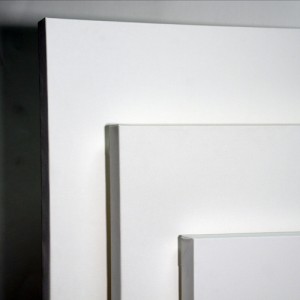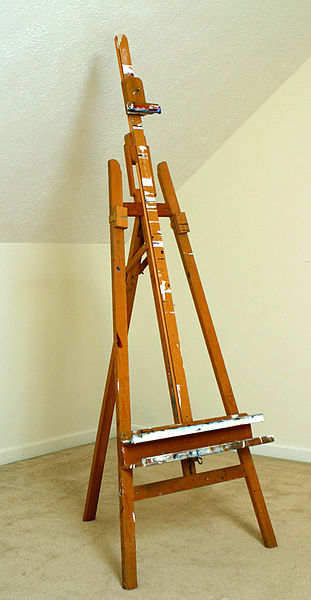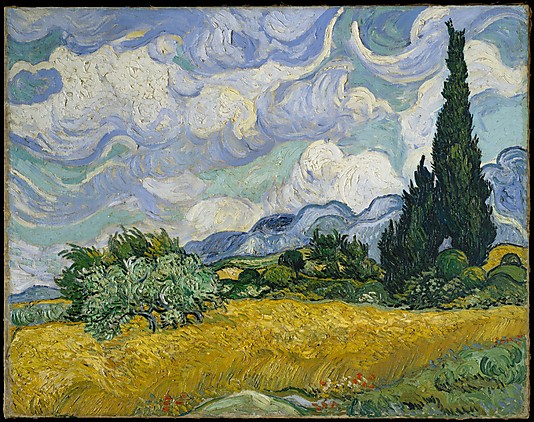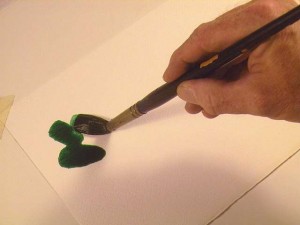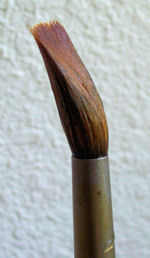
Cheap Canvas vs Expensive Canvas
When it comes to the world of art, the canvas serves as a foundation upon which artists bring their visions to life. Whether it’s a masterpiece destined for a museum or a personal creation meant to adorn a living room wall, the choice of canvas can significantly impact the final outcome of a painting. In this blog, we’ll explore the differences between using a cheap canvas versus an expensive one and how each choice influences the artistic process and the resulting artwork.
First, the quality of the materials used in the construction of a canvas can vary greatly between cheap and expensive options. Cheap canvases are often made with lower-grade materials, such as synthetic fibers or thinly stretched cotton, which may lack durability and stability over time.
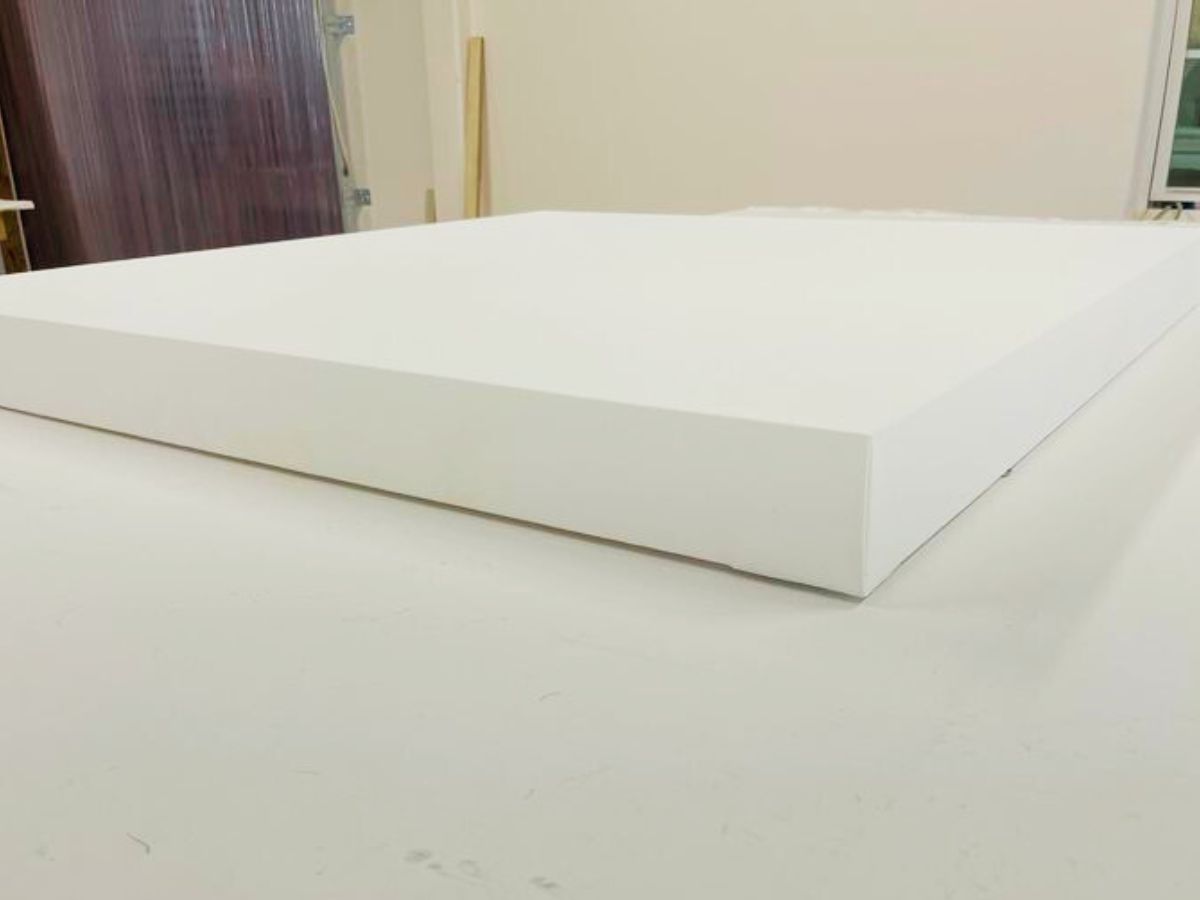
On the other hand, expensive canvases are typically crafted from high-quality materials, such as linen or heavyweight cotton, which offer superior strength and longevity. Stretcher bars, or the frame that holds the canvas, in expensive canvases are made from sturdy, solid wood that will not break easily. This ensures that the fabric remains intact and will not sag in the future. All of CanvasLot canvases are made from high quality and heavy duty materials from the fabric to the wood frame.
This difference in material quality can have significant consequences for the longevity of the artwork. Paintings on cheap canvases are more prone to warping, sagging, and deterioration over time.
The surface texture of the canvas can greatly impact the painting process and the final appearance of the artwork. Cheap canvases often have a rough, uneven texture that can interfere with brush strokes and impede the artist’s ability to achieve fine details and smooth transitions.
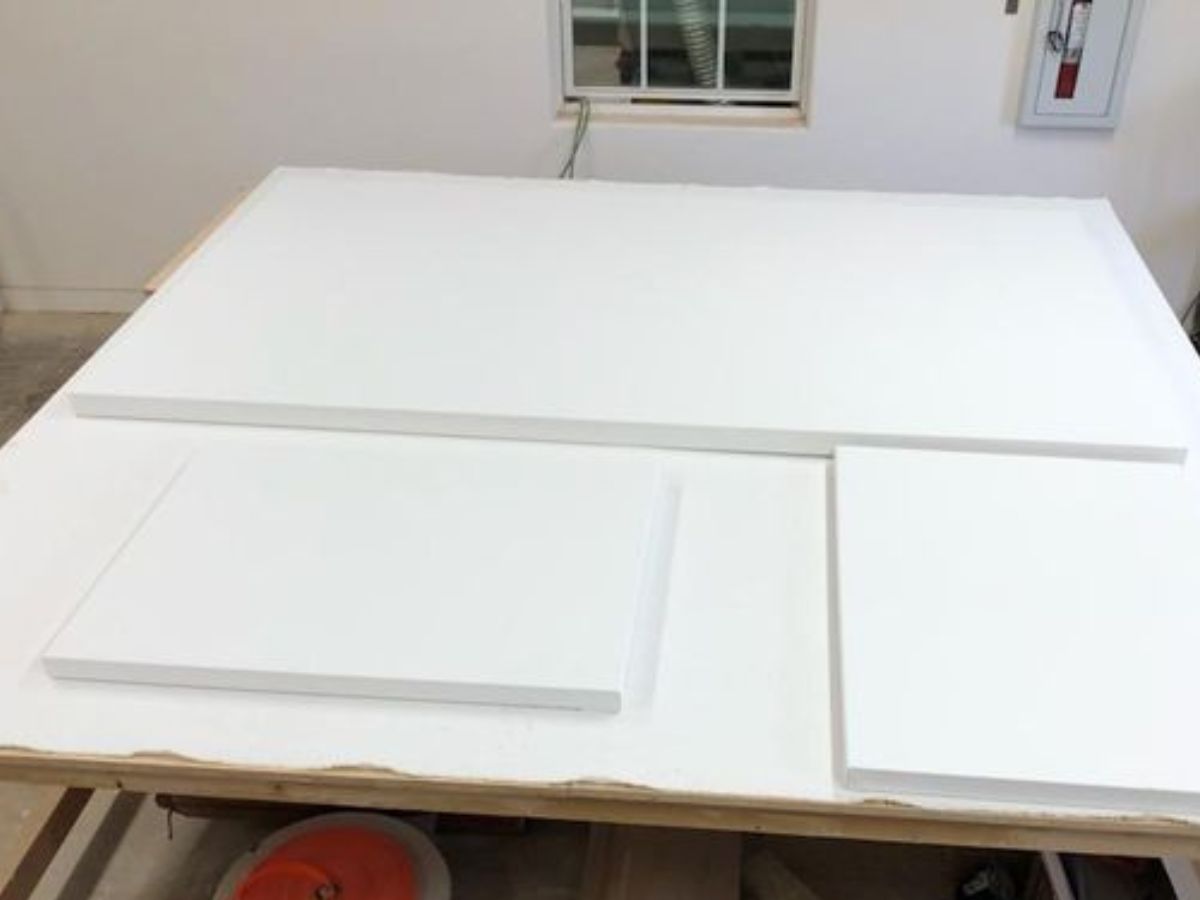
In contrast, expensive canvases typically feature a smoother, more finely woven surface that provides greater control and precision for the artist. This difference in texture can result in paintings with more refined and polished finishes, making them visually more appealing and aesthetically pleasing.
In addition to material quality and surface texture, the stretching and priming of the canvas also play a crucial role in determining its suitability for painting. Cheap canvases are often poorly stretched, with loose or uneven tension, which can create distortions and irregularities in the finished artwork. Also, cheap canvases may be inadequately primed or primed with low-quality gesso, resulting in poor paint adhesion and color saturation.
Meanwhile, expensive canvases are meticulously stretched to achieve optimal tension and primed with high-quality gesso, providing a smooth and stable surface for painting. This superior stretching and priming process ensures that the canvas remains taut and durable throughout the painting process, allowing the artist to work with confidence and precision.
Finally, the cost of a canvas can also reflect the level of craftsmanship and attention to detail that went into its production. Cheap canvases are typically mass-produced using automated processes, resulting in inconsistencies and flaws that can lower the overall quality of the artwork.
Expensive canvases are often handcrafted by skilled artisans who take pride in their workmanship and strive to create a superior product. While expensive canvases may come with a higher price tag, they offer greater value in terms of durability, performance, and aesthetic appeal.
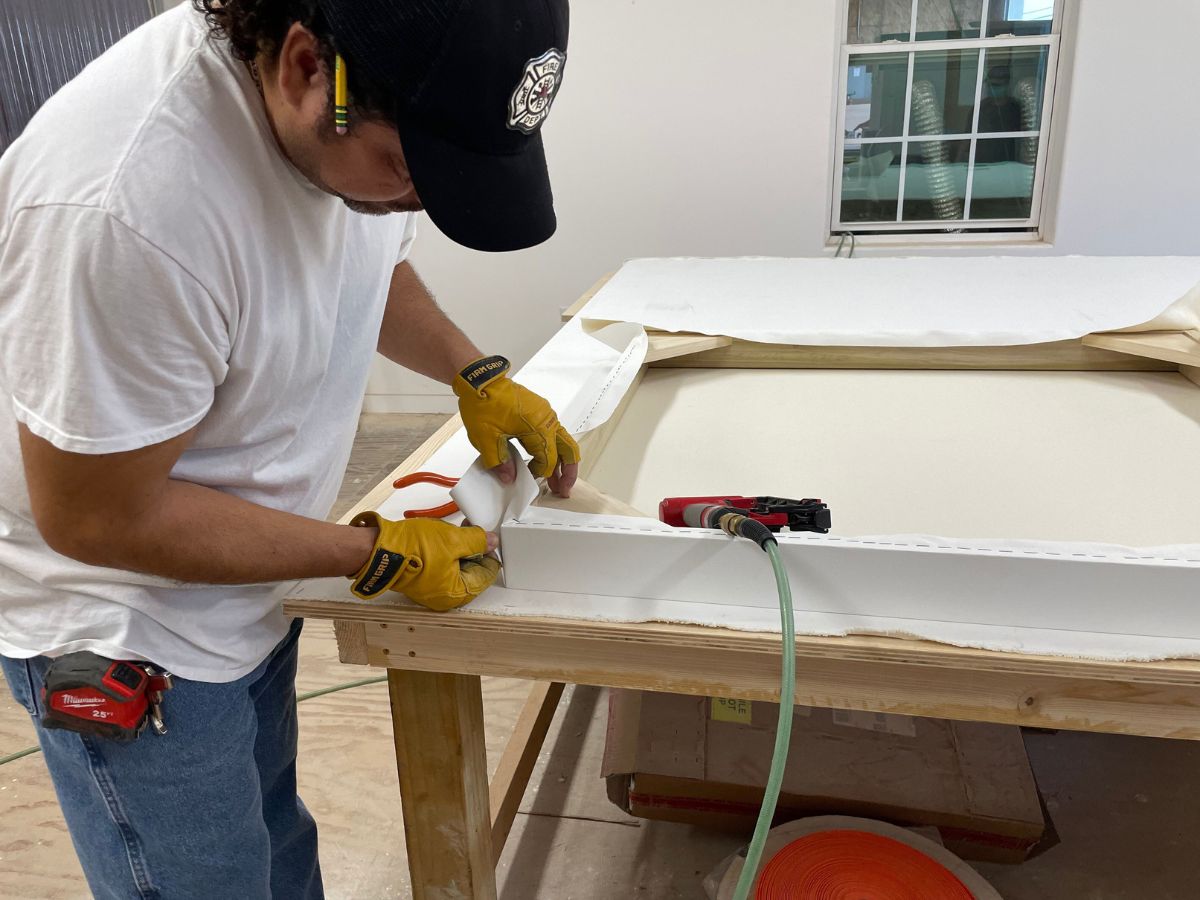
Which canvas to choose?
The choice between using a cheap canvas and an expensive one can have a significant impact on the artistic process and the final outcome of a painting. Cheap canvases may offer a more affordable option, but they often sacrifice quality, durability, and performance.
On the other hand, expensive canvases provide superior materials, surface texture, stretching, priming, and craftsmanship, resulting in paintings of higher quality and longevity. Ultimately, investing in an expensive canvas is not just a matter of price, but a commitment to the integrity and longevity of the artwork.
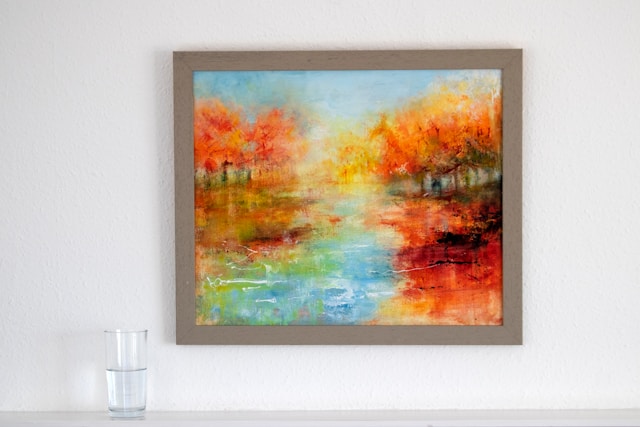
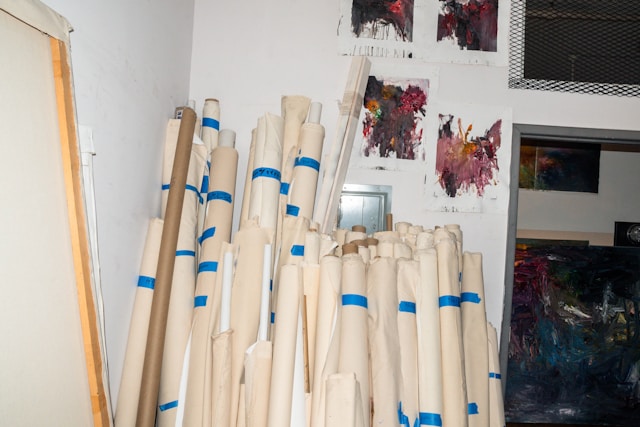
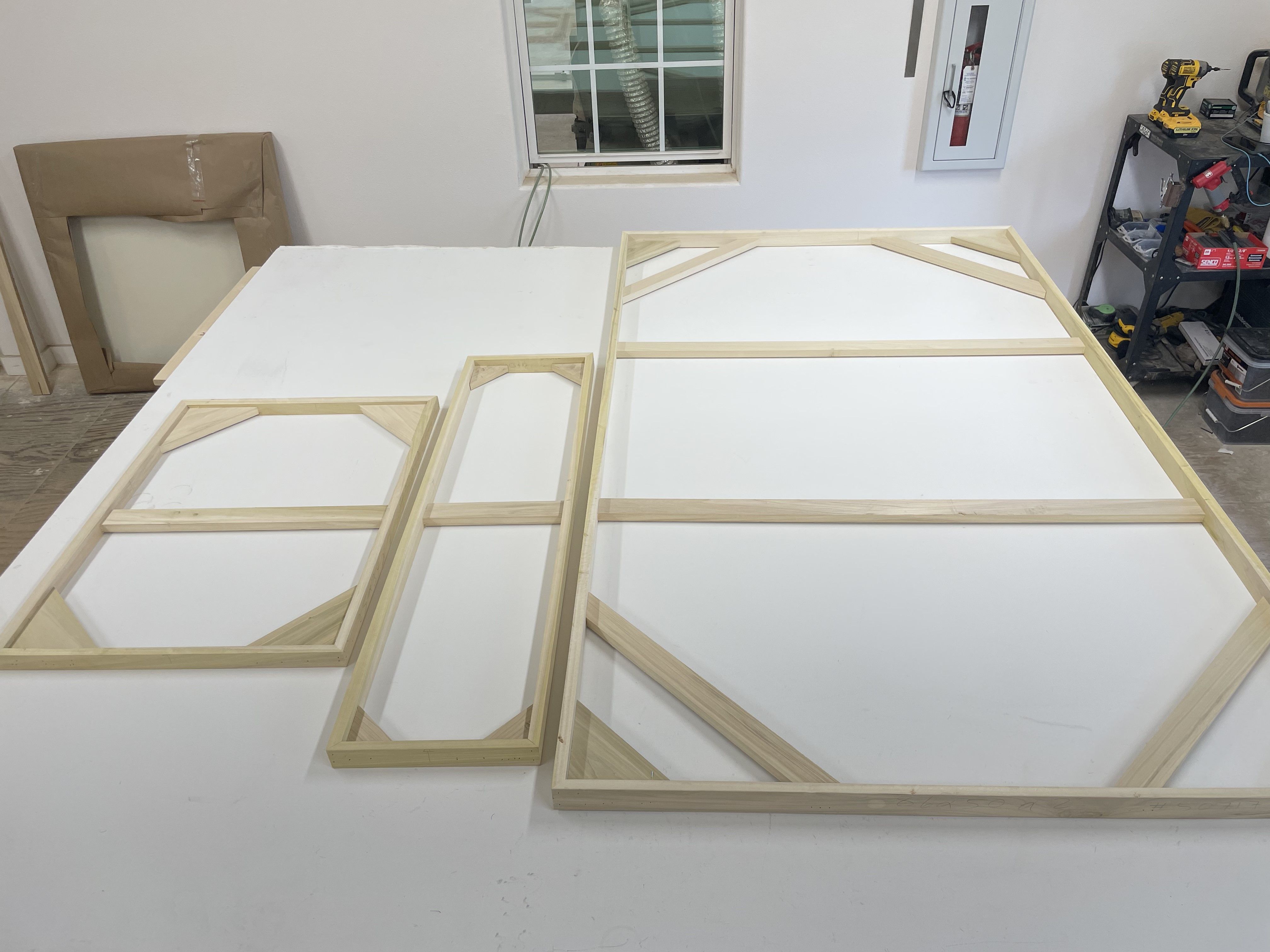
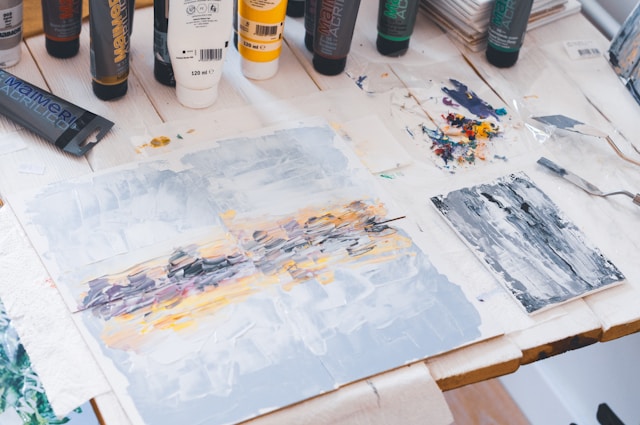
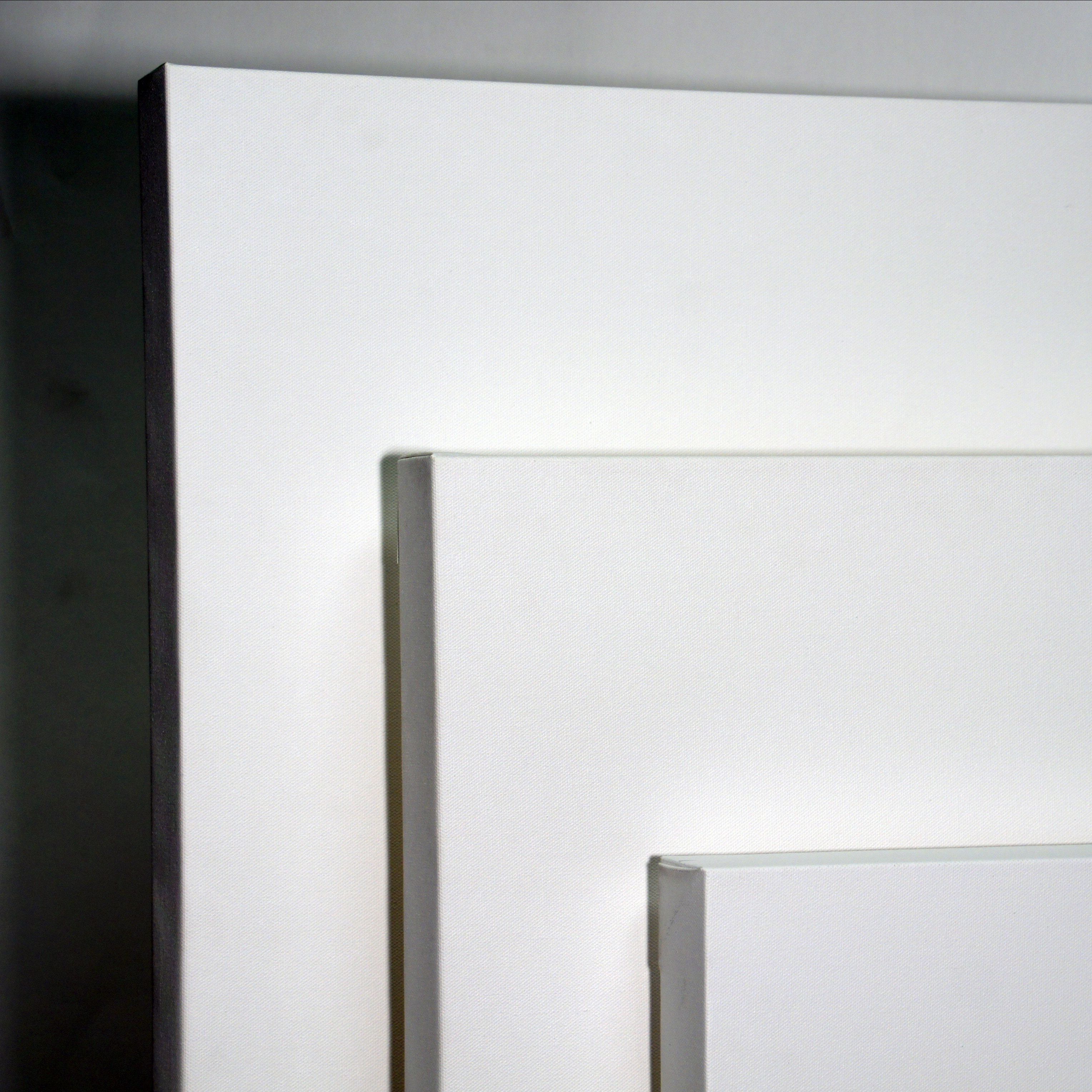



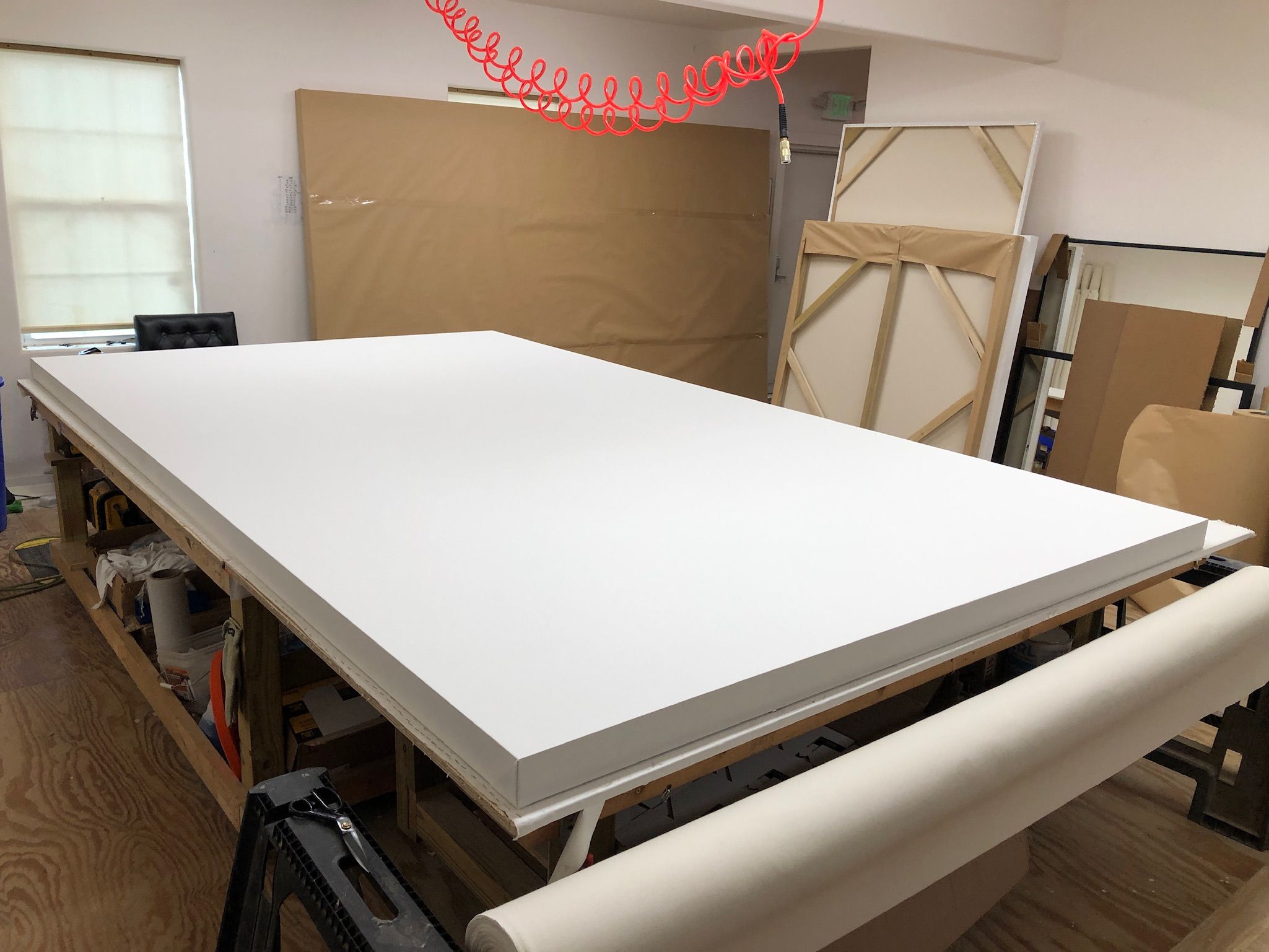 For newbies, a 12-ft canvas offers a big space for experimentation. Mistakes can be part of a grand artwork and can give lessons to the budding artist. Explore techniques and embrace the freedom of creating art on a large canvas.
For newbies, a 12-ft canvas offers a big space for experimentation. Mistakes can be part of a grand artwork and can give lessons to the budding artist. Explore techniques and embrace the freedom of creating art on a large canvas.

